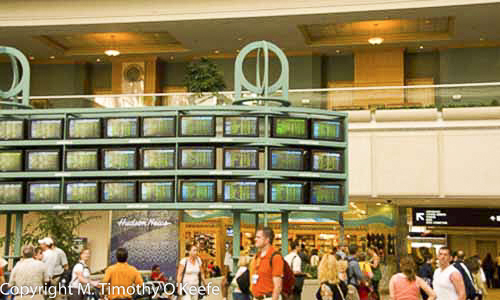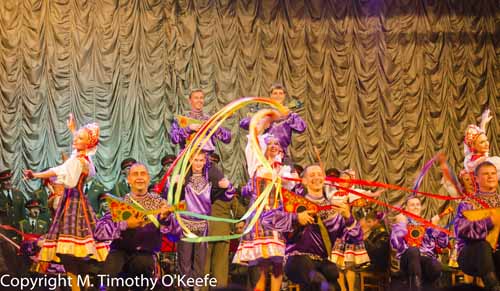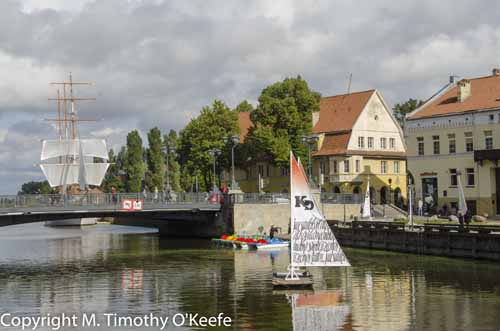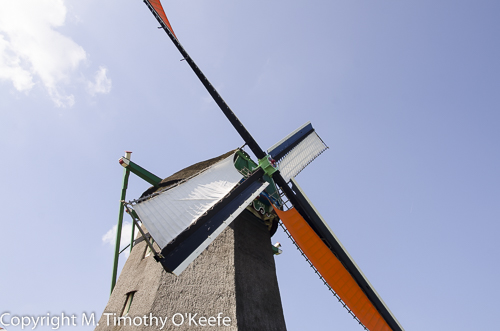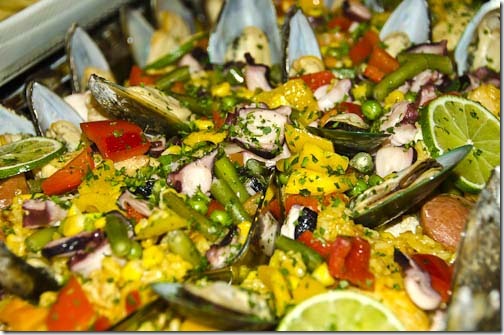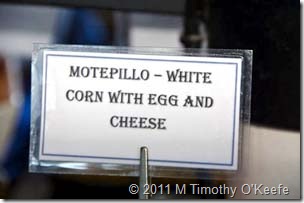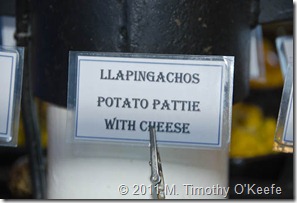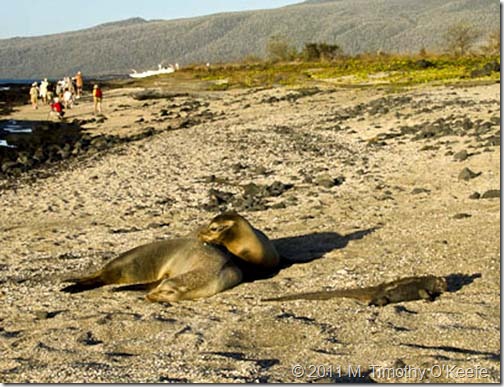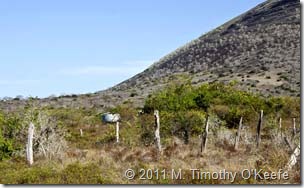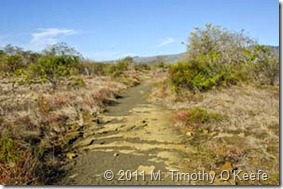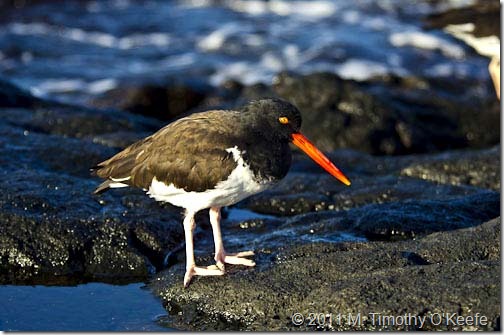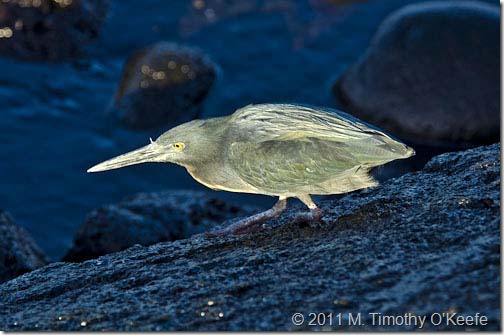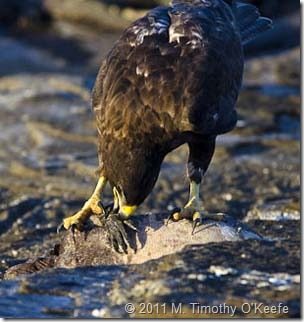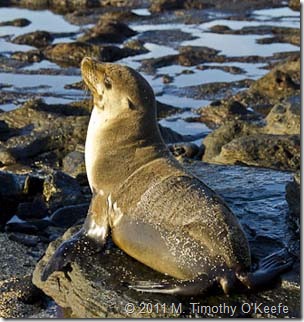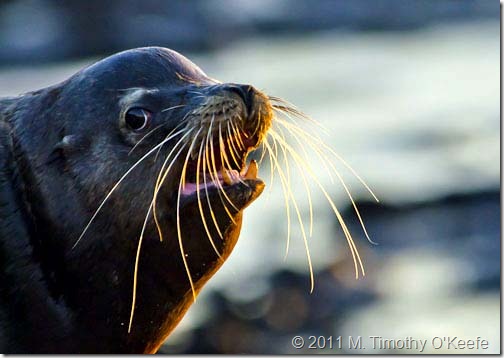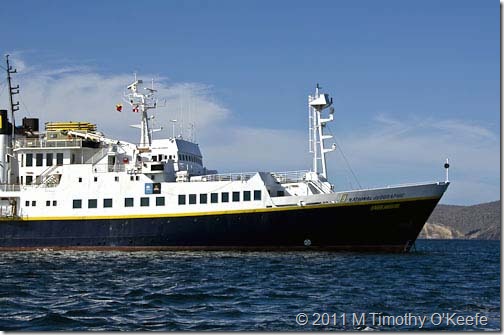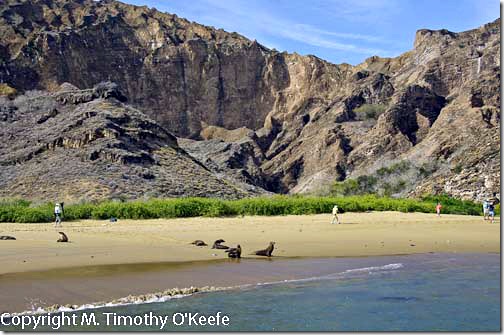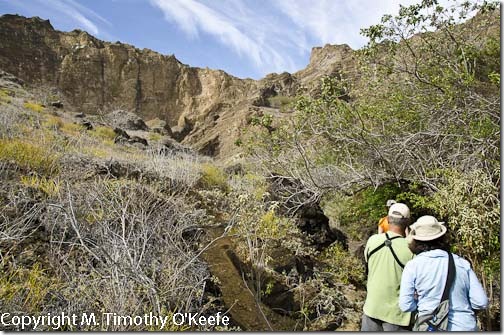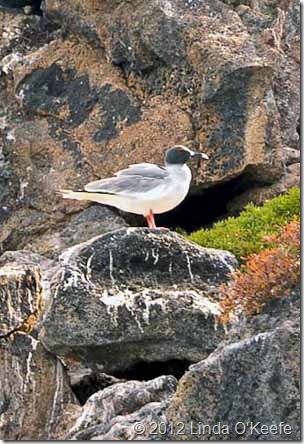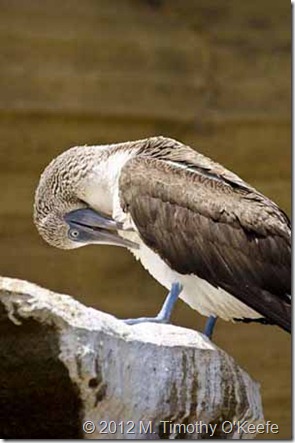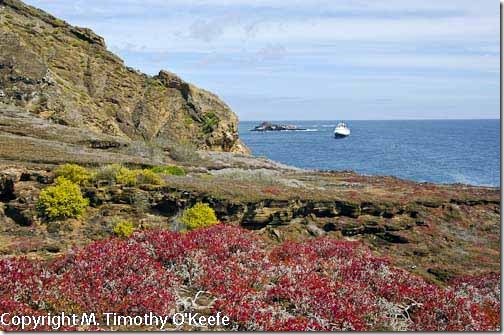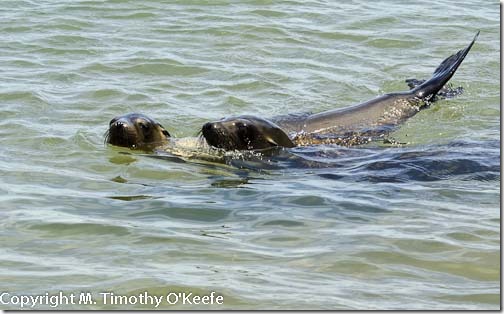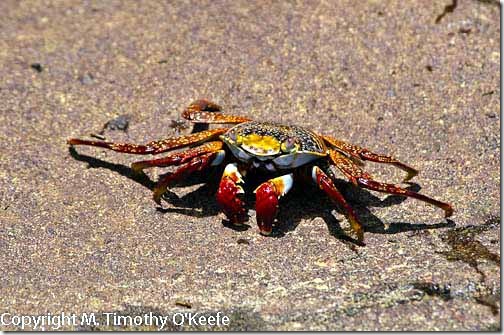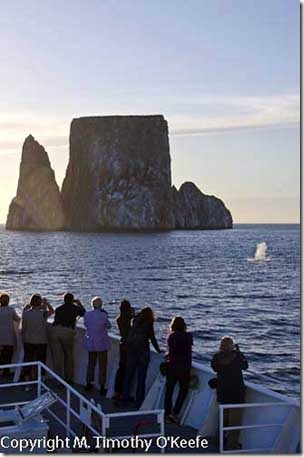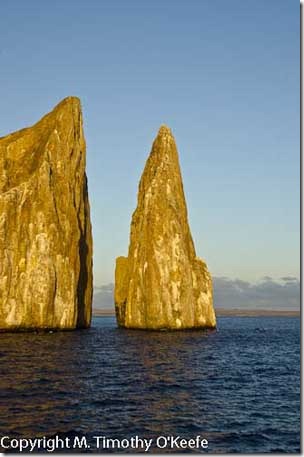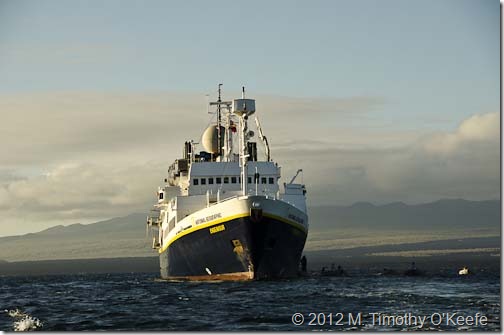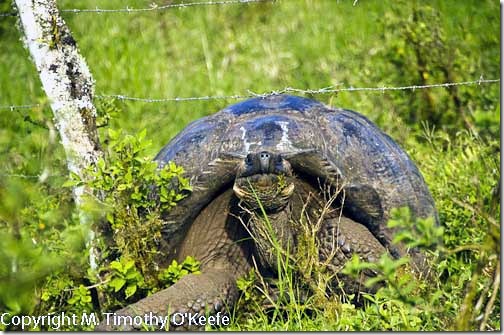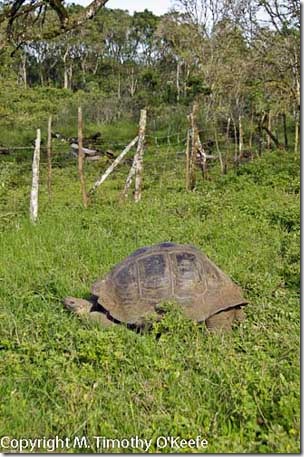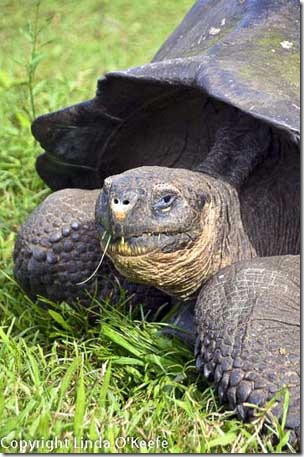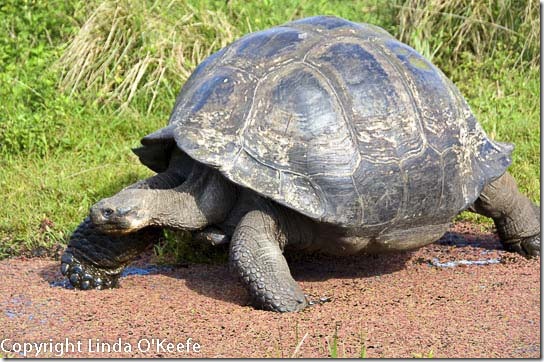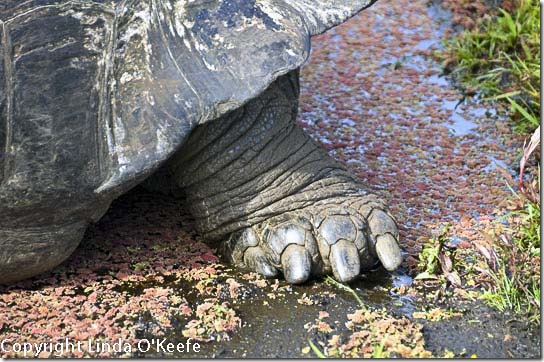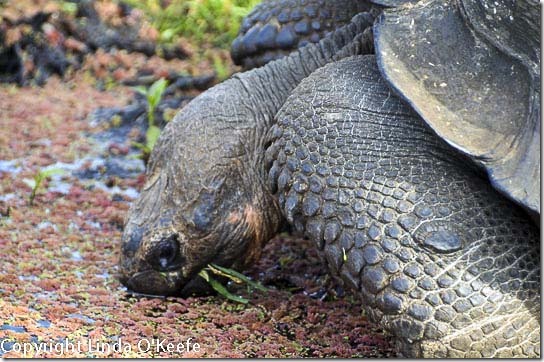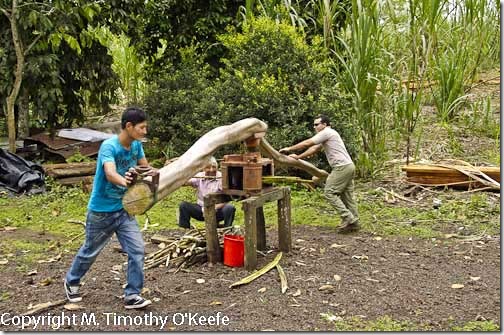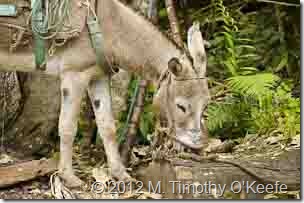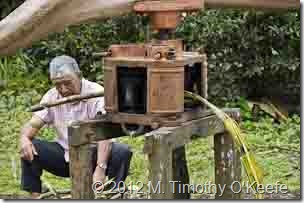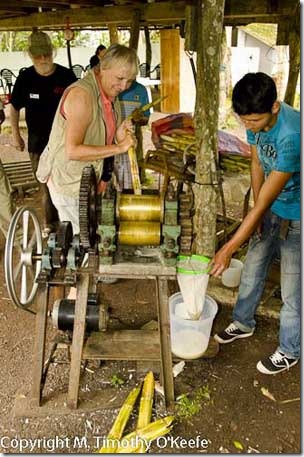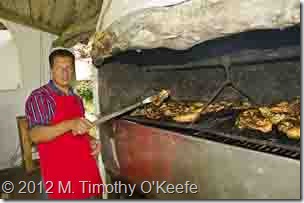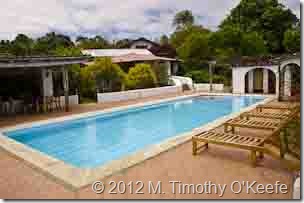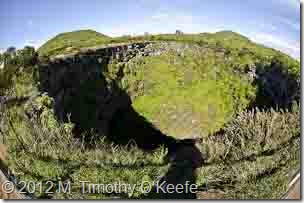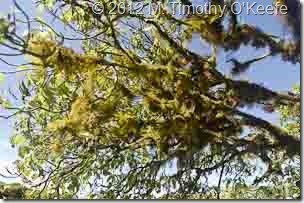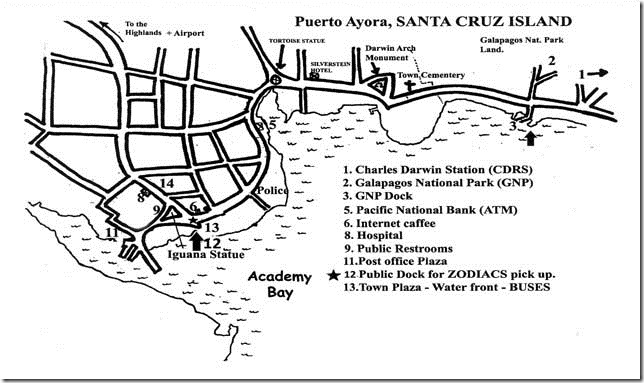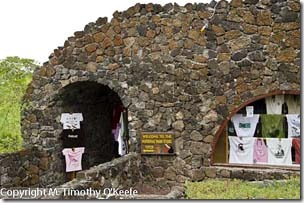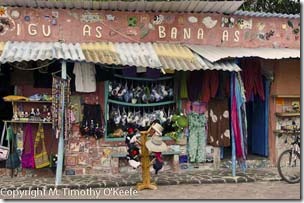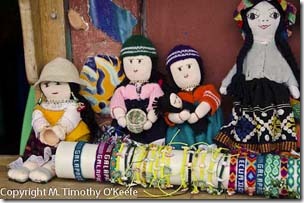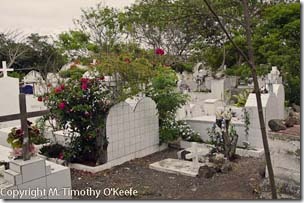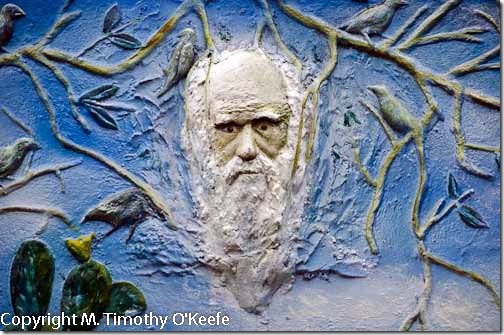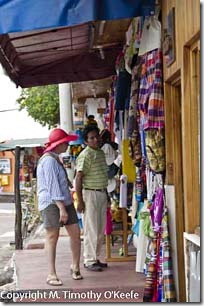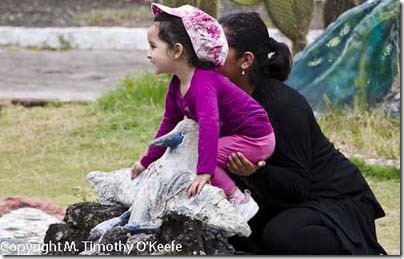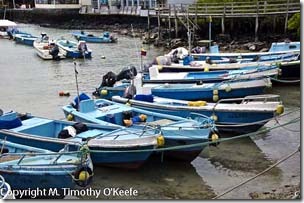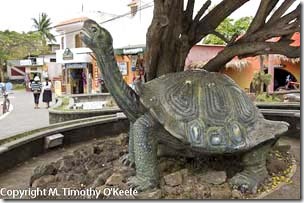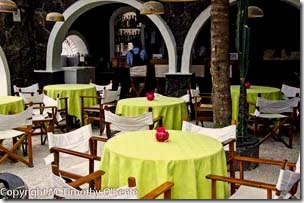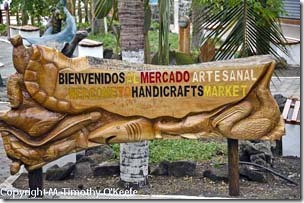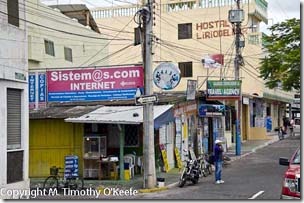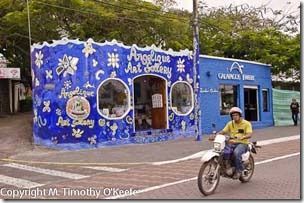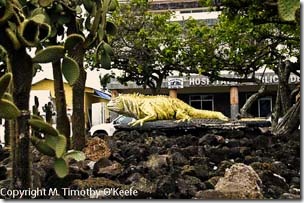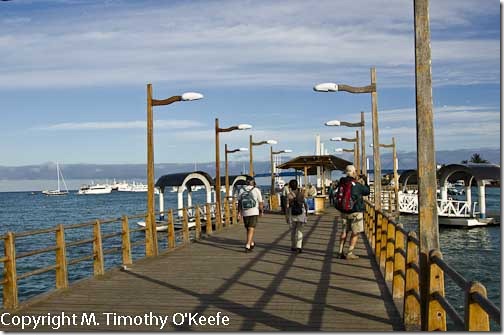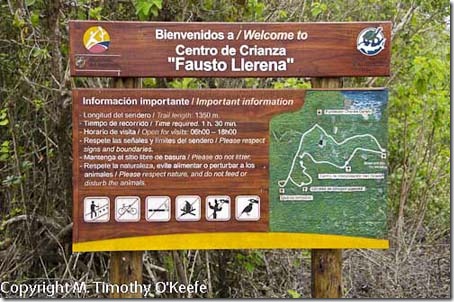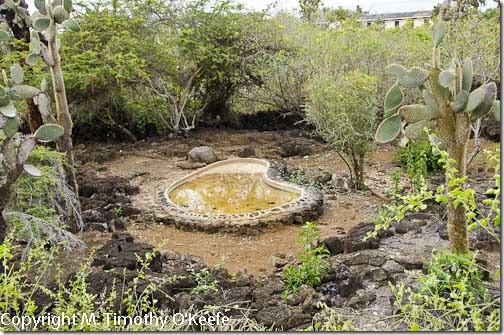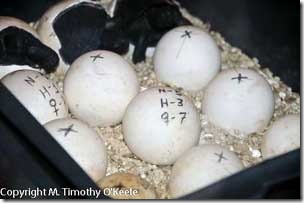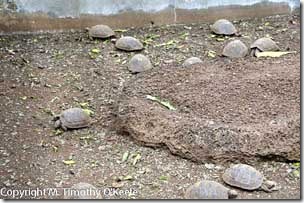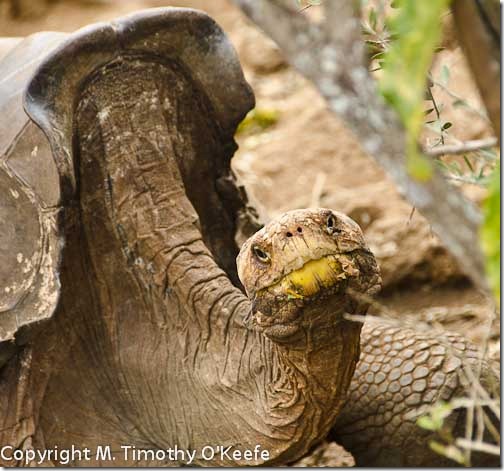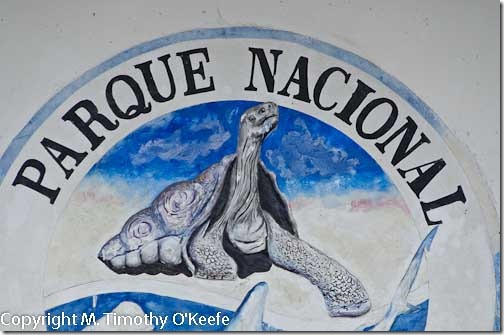Never a second chance to make a good first impression
Deplaning in Stockholm, we move through immigration and customs amazingly quickly. No serious concerns about terrorism here. At the luggage carousel, we meet an Oceania representative collecting luggage for passengers taking a bus tour of Stockholm before boarding the Marina. We tell him we’d just like to go to the passenger terminal and nap in a chair before the ship is ready for boarding. He assures us the Marina’s terminal not only offers a comfortable seating area but also a café. Sounds perfect. Little did we know that of all the cruise ships in port, Oceania Marina lacks a berth at the Stockholm terminal.
Our 28-mile taxi ride to the terminal may be lengthy but we see mostly highways and only a small bit of Sweden. The small bit of Stockholm we view reminds Linda of Stieg Larsson’s famous Millennium series, a best-selling trilogy starting with The Girl with the Dragon Tattoo. She imagines heroine Lisbeth Salander walking the streets we pass. Her vision of Lisbeth looks like Noomi Rapace, the Swedish actress who starred in the original movie.
Our taxi driver is an interesting man. An immigrant from Iraq, he says he abandoned Baghdad in 2005 after his two supermarkets were set on fire a second time. He says he has no plans ever to return despite close family still living there. His family reunions aleays take place in a European country..
Arriving at the cruise port, we find the Marina is not at the Vartahamnen 523, the terminal address provided by Oceania. The port section, known as Vartahamnen South, has five quays but they are all dedicated to ferry service. Our driver takes us to the northern port section and soon locates a Holland America ship with a Celebrity vessel docked behind it. The Marina is located opposite them, easily identified at a distance by its white smoke stack with a big “O.”
Oceania Marina’s absent Stockholm berth–why?
Instead of the promised cruise terminal, we discover a curiously long column of Oceania passengers just outside the fence gate leading to our ship. As our taxi draws up, several passengers quickly approach our driver to secure a ride back to the airport. It’s 8:45 a.m., which seems late for so many people still to be disembarking. We pay our fare with a credit card and grab our luggage. Our cab driver greets his new passengers with energy and pleasure. He is surprised to pick up a new fare so quickly.
Still early, the temperature is chilly and the overcast sky has the look and feel of rain. We ask the way to the terminal building. Terminal? There isn’t one for Marina passengers. The only terminal is located at the pier opposite us where Celebrity and Holland America ships are berthed. We are advised to wait outside the fence gate. Fortunately there is a tiny gift shop there with only five plastic chairs and a large wooden deck already occupied by others waiting to board. We sit on the deck edge which feels as hard as the plane seats we had flying over. With hours to wait before we can board the Marina, we pass the time people watching and getting to know our new shipmates.
Disembarking passengers have formed a taxi line of 40 to 50 people..With new people taking the place of those able to depart, the line doesn’t shorten for more than hour. Taxis, slow in coming, depart sporadically with handfuls of people. It’s almost 90 minutes before the last person to catches a ride. I’ve never witnessed such a haphazard disembarkation procedure.
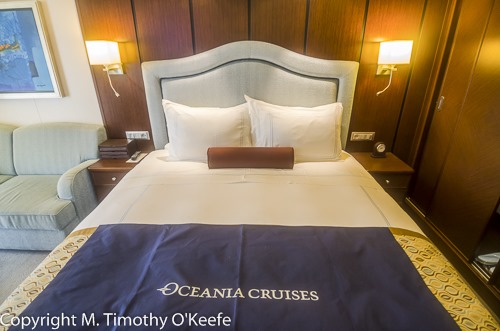
After a sleepless SAS flight, this bed is what we seek most.
Oceania cruise staff have no explanation for the lack of a cruise terminal or the lack of any facilities; nor do they seem to care. Their attitude and the situation don’t reflect well on Oceania’s claim to offer a “luxury experience.” Nor does it match our previous Oceania experiences.. Makes us wonder what to expect once on board. Will it be better or worse? Can’t believe we’re questioning our wisdom about booking Oceania for this cruise. Fortunately the darkening sky still only threatens rain.Around 11 a.m. a large truck arrives with baggage from the airport. Once the truck unloads, we add our luggage to the pile to be taken aboard.
About 20 minutes later, wonderful news! A large canopy is erected at the ship’s gangplank and officials assemble under it so we can begin boarding. As expected, no staterooms are ready yet but we learn that a full lunch buffet lunch is waiting at the Terrace Café on deck 12. Finally stepping inside the ship, Linda and I agree the Marina’s interior is classy but décor is hardly foremost in our minds. Where are the restrooms?
Terrace Cafe best part of the day
At the Terrace Café, the buffet reassures us how good dining on Oceania can be. Although Linda limits herself to soup and a salad, I graze the hot courses. It will be the next day, when I’m more awake, that I discover I can have a fresh, personally prepared Caesar salad at the salad bar for lunch or dinner. Claiming a table near a window, we have a birds-eye view of those still waiting to board. The weather has changed. Anyone standing outside the canopy leading to the ship is standing in a light rain. Strangely, there are no umbrellas being passed out by the crew..
After lunch, we remain at our table to talk with another couple as everyone waits for an announcement that rooms are ready. The couple, from the northeast, was on our SAS flight, also in SAS Premium Plus. We compare note on our experiences. They didn’t sleep much on the flight, either, due to SAS’ hard seats. It is 1 o’clock when the first rooms are ready for occupancy. They are the ones in the top category: the suites. At 1:30 our concierge category is announced. The bulk of the rooms are ready just before 3 p.m.
As planned, our room is just a few decks below the Terrace Café and convenient to elevators. Our stateroom is impressive. Nice and spacious. A laptop computer with unlimited internet is on a small desk for our use. A bottle of champagne chills in an ice bucket. Our bathroom is expansive, offering both a large tub and a sizeable shower stall. Unexpectedly, we find we have a mini-fridge stocked with an assortment of soft drinks (no charge). Also two impressively large bottles of water that will be replaced every day. This is going to be very nice.
Our luggage soon arrives but we leave it unpacked. One more thing to test: the comfort of the bed. It must have been suitable since we instantly fall asleep, only to be jolted awake two hours later by a blaring announcement to prepare for the lifeboat drill.
Abruptly, normal shipboard life begins .

 Follow
Follow